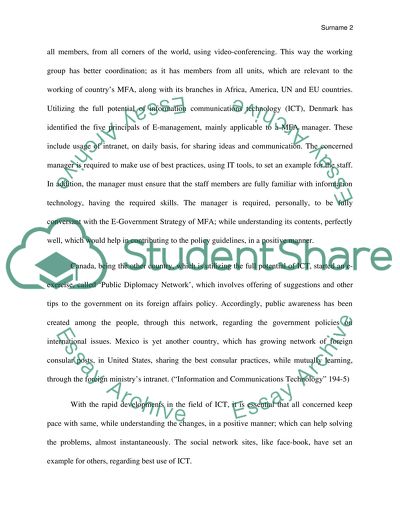Cite this document
(“Technology in diplomacy Research Paper Example | Topics and Well Written Essays - 2000 words”, n.d.)
Technology in diplomacy Research Paper Example | Topics and Well Written Essays - 2000 words. Retrieved from https://studentshare.org/information-technology/1478235-technology-in-diplomacy
Technology in diplomacy Research Paper Example | Topics and Well Written Essays - 2000 words. Retrieved from https://studentshare.org/information-technology/1478235-technology-in-diplomacy
(Technology in Diplomacy Research Paper Example | Topics and Well Written Essays - 2000 Words)
Technology in Diplomacy Research Paper Example | Topics and Well Written Essays - 2000 Words. https://studentshare.org/information-technology/1478235-technology-in-diplomacy.
Technology in Diplomacy Research Paper Example | Topics and Well Written Essays - 2000 Words. https://studentshare.org/information-technology/1478235-technology-in-diplomacy.
“Technology in Diplomacy Research Paper Example | Topics and Well Written Essays - 2000 Words”, n.d. https://studentshare.org/information-technology/1478235-technology-in-diplomacy.


